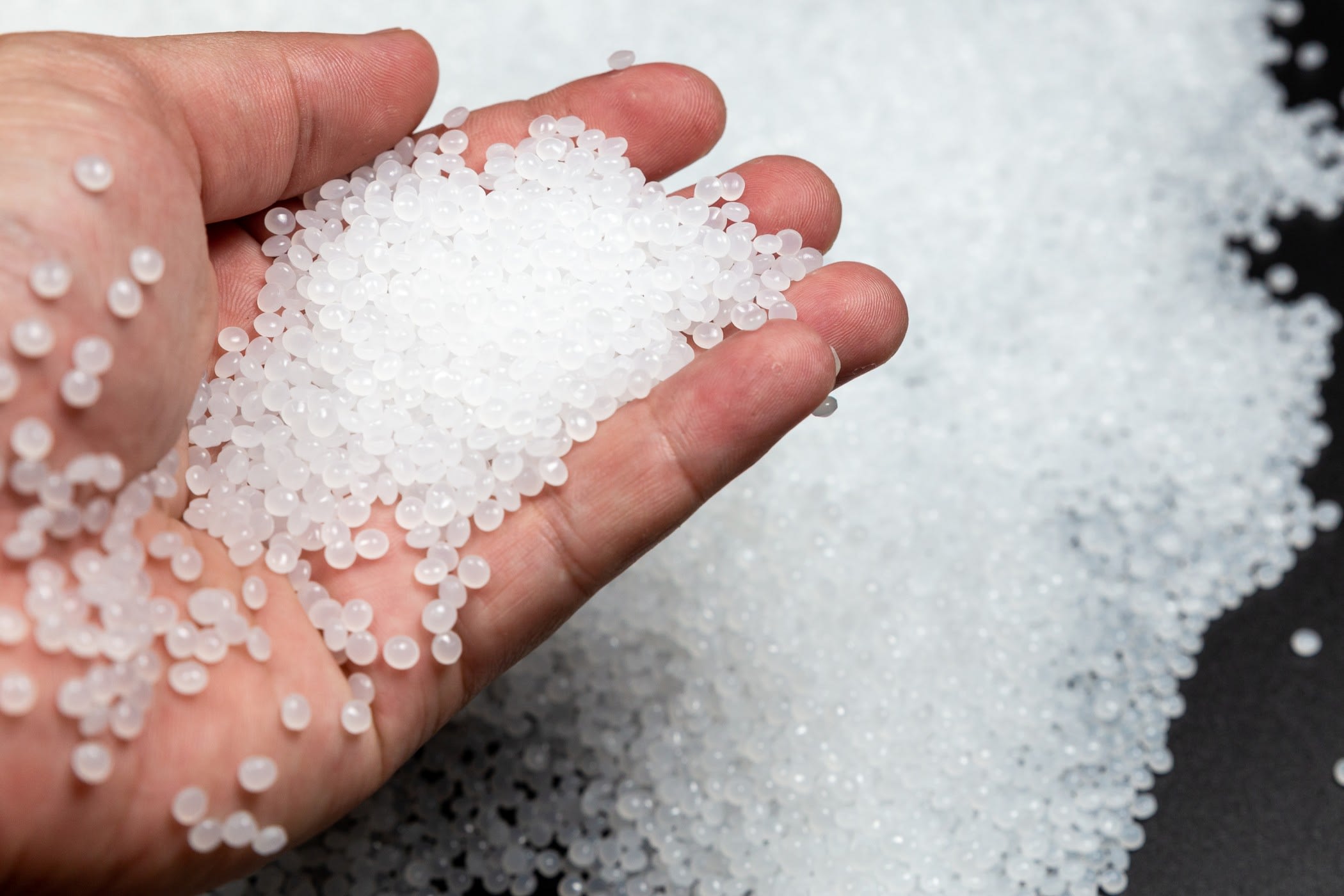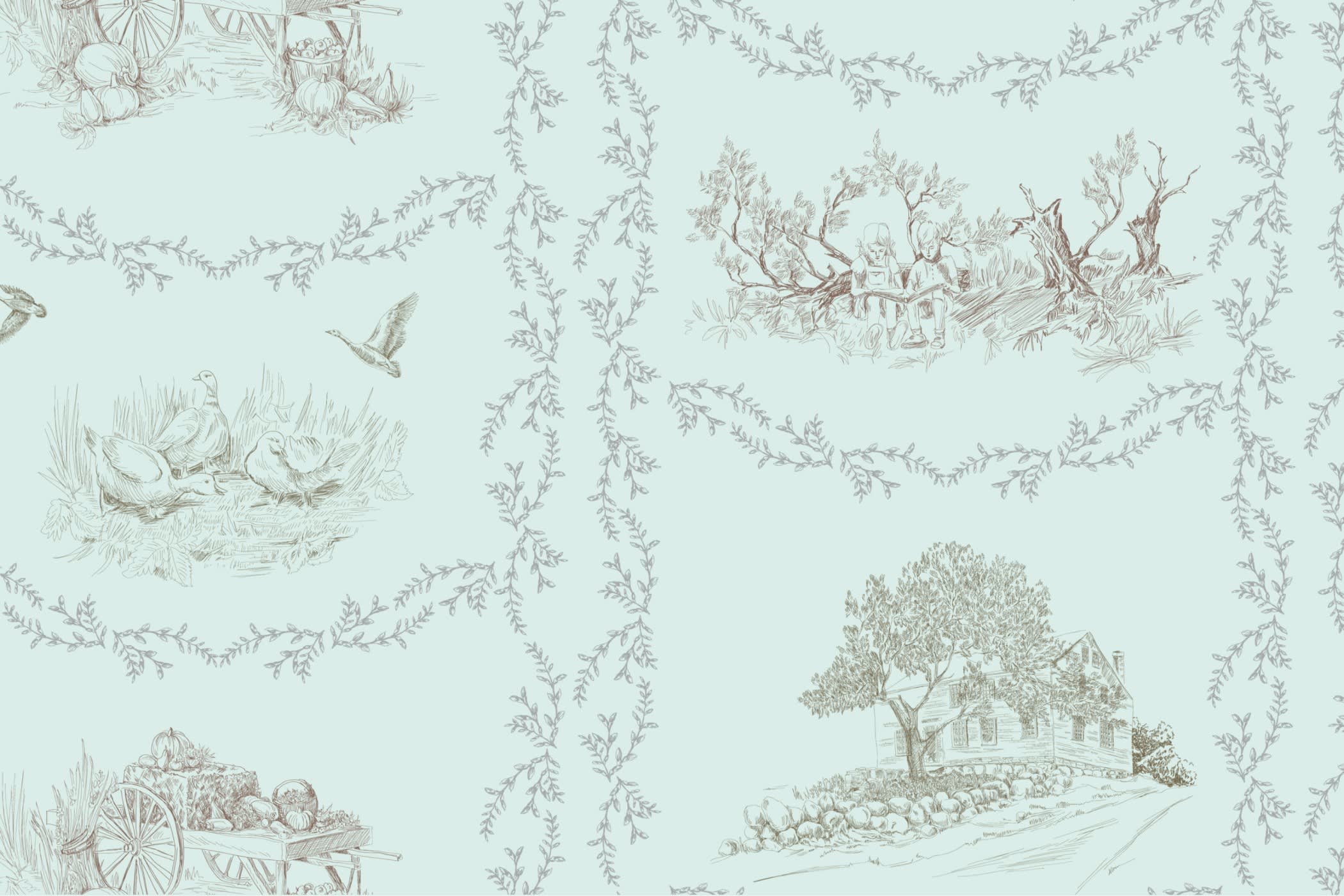Simplest Techniques For Grading Fabric: A Professional's Guide

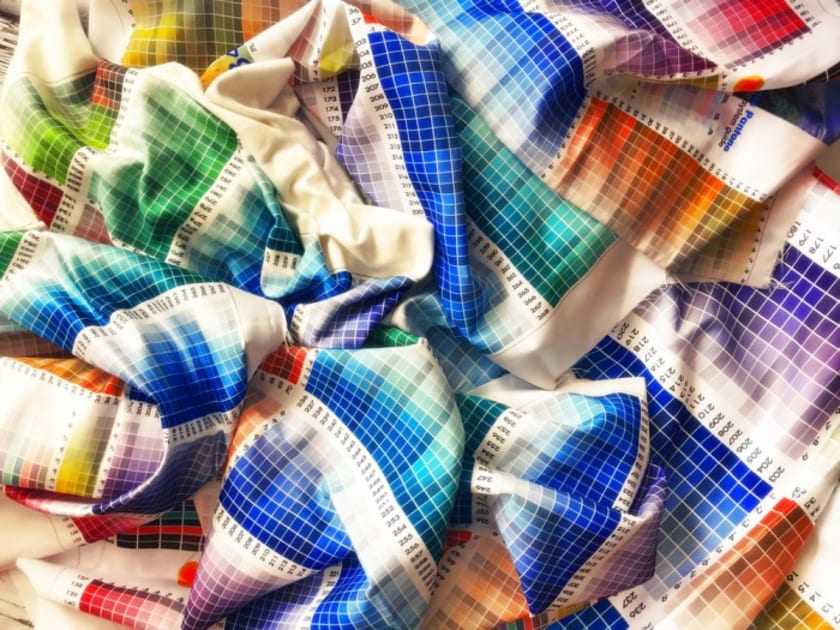

One of the most valuable raw materials for garment manufacturing is, without any doubt, "fabric"! Instead of depending on the supplier's word, it is often best to ensure that the quality of the fabric is at the grade you are paying for! Let's start with the basics – what is fabric inspection and grading?
Fabric inspection is nothing but examining the fabric visually for any defects or issues that can potentially ruin the quality of the final output. The main reason why grading fabric is crucial in common factories is that if any defects are found in the last stage rather than the start, this will cost money and time and ruin their relationships with our customers if laid off. Mostly, inspection and grading of fabric are followed in almost all the factories by sampling some of the roles in the entire fabric. If the fabric passes all the tests, the rest of the rules are then visually checked by spreading it on a cutting table. Most of the time, these fabrics are inspected after cutting to ensure maximum quality.
But for ideal inspection, the fabrics should be inspected before spreading through a fabric inspection machine for lesser costs and better visibility of any defects. Once the fabric has been inspected, any defects are labelled, so the fabric needed is cut around these defects. This process will also help us know the width of the fabric roll. Based on this, the fabric grouping can be done effectively to ensure that it is used optimally by lay division and marker making.
There are many grading systems and inspection methods that can maximise the probability of high-quality first-grade fabrics. Let's get into the process and purpose of grading fabric and inspection for a better understanding.
What is the main reason for fabric inspection?
The main reason for inspecting fabric is to prevent any unexpected loss or rejection in the final manufacturing stages. Fabric inspection involves inspecting the colour, construction of the fabric, shading, length, width, feel of the fabric, appearance and print defects. By doing so, the result ensures quality and timely delivery of fabrics and apparel. In most cases, common manufacturers solely depend on their suppliers to deliver good graded fabric and produce quality garments. In case the quality isn't ensured properly by the supplier, this can hinder the quality of the final product by the manufacturer.
Process of grading fabric and inspection
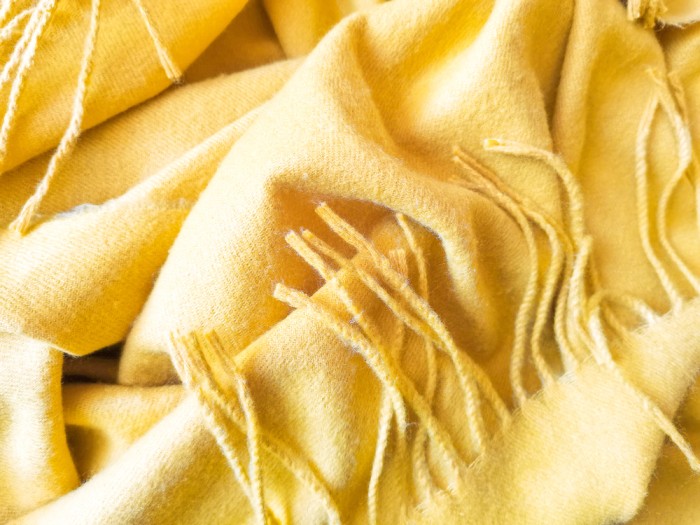
The ideal process for checking the quality of the fabric is inspecting it before the cutting process. The fabric is mapped, inspected and marked for any defects because:
- The productivity of the manufacturing increases by marking the defects in an early stage.
- It fastens the manufacturing process, as it is not required to inspect the fabric at the final stages.
- It allows a convenient pattern to cut through the defects, so the final output does not contain flaws.
Instead of checking manually, using a fabric grading or inspection machine reduces time, offers better visibility and saves energy. The most popular fabrics grading systems in the textile industry are:
- The four point system
- The 10 point system
- The Graniteville 78 system
- Dallas system
Out of all four, the four-point system is one of the most widely used fabrics grading and inspection systems used in the garment industry.
Four point system
This inspection method is done following the standard test methods for grading fabrics visually. Every defect is identified at a clear distance of 36 inches and is marked instantly. Each defect has a negative point, which is detected, thereby lowering the grading of the fabric. To use the system properly, the inspector should know the following features:
- The method of fabric inspection as well as the preparation.
- The rules of giving negative points are based on the defects' length and their severity.
- A good idea and how the defects on the fabric look and the nature of the fabric.
- A format or check sheet for recording the defects and any other data.
- The method of calculating the negative points for the number of defects per fabric roll .
How do classify the defect in the four-point system?
There are four negative points in the system according to the quality, size, and nature of the defect found. The defect can be noticed either by measuring the weight or length of the fabric. There are no penalty points for minor defects, and only the major errors are noted. Each time the error is noticed in the fabric roll, the defect should be noted under four points depending on how bad the defect is. Here's a table for a better understanding:
| Inches ( length/ width) | MM | Points |
| From 0 to 3 inches | Up to 75 MM | One point |
| From 3.1 to 6 inches | 75 MM to 150 MM | Two point |
| From 6.1 to 9 inches | 150 MM to 230 MM | Three point |
| More than 9 inches | More than 230 MM | Four point |
Most textile and apparel industry people consider that 40 points per hundred square yards are acceptable. According to the standards, each manufacturer from textile mills or apparel brands has its acceptable points. Most suppliers grade the fabrics based on first and second quality instead of considering the fabric has passed or failed the acceptance level. International buyers would specify their standards in some cases, stating that any defect for more than 4 yards will not be accepted.
In the case of denim/cotton fabric, 28 points per hundred square yards are acceptable in a single roll of fabric.
In the case of synthetic fabrics 20 points per hundred square yards are acceptable in a single roll of fabric.
In the case of grading wool, The spinning count system is used. In this procedure, one roll of clean wool is spun on the equipment, and as the wool becomes thinner, the number of yarns that the machine can spin will be considered the spinning count. For instance, one roll of clean wool produces a thousand feet of yarn, and the higher the count, the higher the grading.
Every defect is recorded in a check sheet, which includes the general details, sizes of the defect, nature of the defect, details of the fabric, penalty points, the number of fabrics inspected etc.
General procedures to follow while grading fabric.
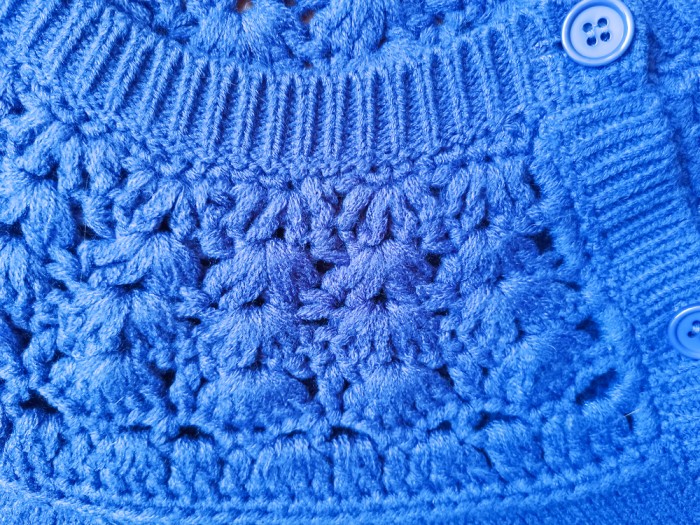
- The fabric should be inspected in a safe and suitable environment with proper lighting and ventilation.
- Each of the fabrics passing within the frame must be at least 45 to 60° angles to the person inspecting and must require a cool white light 2596 fluorescent bulb for optimal viewing. A backlight can be used if needed.
- The approved standard bulk dye lot should be approved and available before the inspection.
- It is ideal that the speed of the fabric inspection machine should never exceed above 15 yd./m.
- The dye lot should be approved and available before starting the inspection to assess the fabric's construction, colour, visual appearance, and finish.
- Knitted fabrics must always be checked for the right weight against the approved weight of the industry standards.
- Every fabric role's middle and end should be documented and evaluated to check the shade variation between the selvedge, centre and the start.
- Even the most simple and minute defect must be documented during every inspection.
- It is ideal for checking from selvedge to selvedge to ensure proper width standards.
- The ticketed tag of the supplier and the length of every fabric role must be compiled and documented to ensure they agree. This ensures that there would be no additional replacement or shortage.
- If printed fabric and yarn are inspected, the measurement must be repeated from top to bottom again.
Conclusion:
Certain qualities such as length, finance, appearance, colour, and length determine the fabric's quality and value. The fabric grade determines whether it can be used for apparel, textiles or any other use. One of the most common methods used to evaluate fabric grade is the four-point system. Here the defects are calculated by using four points and graded accordingly.
Following up with a textile manufacturer for the raw material and design, delivery, quality etc., can be a huge task. This is where Fashinza comes in! The platform ensures quality and high-grade fabric and manages Wenders design, and follows the latest trend to make your end-to-end production hassle-free management. It provides insight from fabric to design, costing and sampling, production, quality, and timely delivery to get any textile business up and to run smoothly















